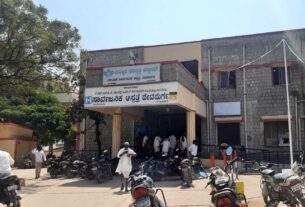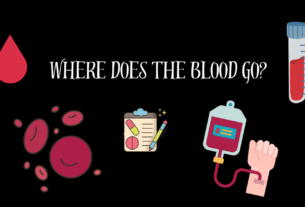A recent study suggests that a large number of Indians travel abroad to perform sex-selective procedures.
By Ajay Ramanathan
Bengaluru, April 9, 2019.
A 2016 report noted that ‘reproductive tourism’ was on the rise in India, for the purpose of sex selection through in vitro fertilization (IVF) and other technologies like pre-implantation diagnosis(PGD), pre-implantation genetic screening (PGS), and sperm sorting has risen as a challenge for the United Nations.
The report notes that Indians, Chinese and Eastern Europeans account for nearly 50 percent of those 70 to 80 percent of those who prefer PGD. Within the report, the Asian Law Institute notes that 80 percent of those adopting PGD practices were opting for it for sex-selection. In vitro fertilization is a procedure that people with fertility or genetic problems opt for in order to conceive.
The World Health Organization (WHO) defines sex selection as the practice of using medical techniques to choose the sex of one’s offspring. The aforementioned report lists a 2009 study that notes that six countries, Austria, New Zealand, South Korea, Switzerland, Vietnam and South Africa. Having already banned sex selective procedures entirely
Thirty-one countries prohibit it for social or nonmedical reasons, including Australia, Belgium, China, France, Germany, India, Italy, Russia, Spain, and the U.K, whereas sex selection is allowed in the United States, Thailand, Argentina, Brazil, Columbia, Ecuador, as well as Egypt and Jordan).
The article notes that people travel to the United States, Thailand and Mexico where sex-selection is legal. The United States has particularly become a hub for reproductive tourism, as form of medical tourism, where one travels to other countries or jurisdiction in order to undergo fertility treatment.
The United Nations has adopted 17 Sustainable Goals (SDGs) of which goal five aims to achieve gender equality and empower all women and girls. The report notes the SDGs does not mention sex selection, so specialized agencies must do so.
The IVF process involves the collection of mature eggs from the ovaries that are fertilized by sperm mechanically, in a lab. Then, the fertilized egg or embryo is subsequently implanted into the uterus. A cycle of IVF takes two weeks. A PGD takes place before the embryos are placed in the wall of the uterus. A pre-implantation diagnosis involves the testing of embryos for certain genetic conditions before they have been implanted into the uterus.
This issue is particularly important in the case of India, which stands in the fourth place as far as skewed sex ratios are concerned. The report list India’s sex ratio as 112 males for 100 males. Dipika Shivakumar, who has attained a Masters degree in sociology, deconstructed this phenomenon.
“Each gender is assigned a role. The female, given her function, is meant for reproduction.” Shivakumar identifies subjugation of women as the problem in this situation. She explained, “Subjugation begins at home. A male would not do what a woman does. Over time, a price was placed over a life because of practices like dowry.”





